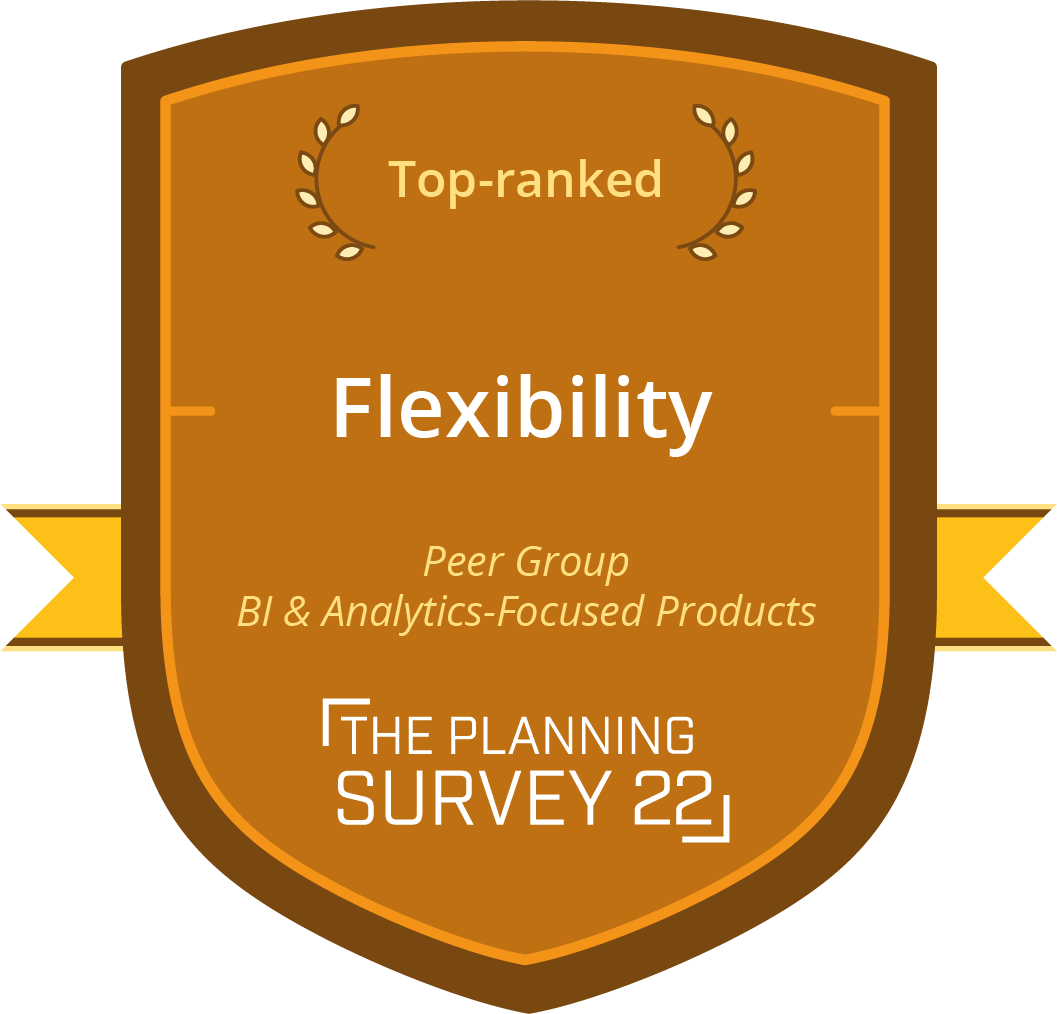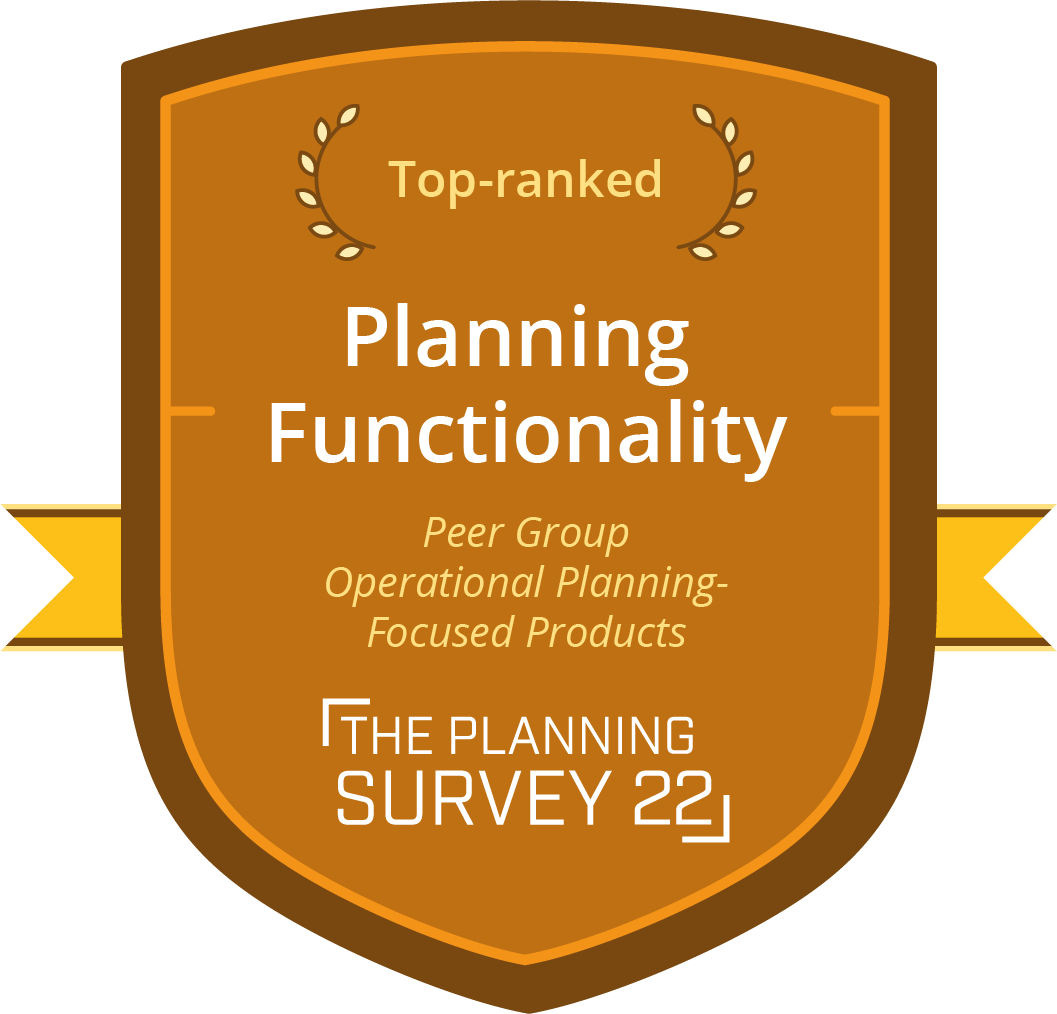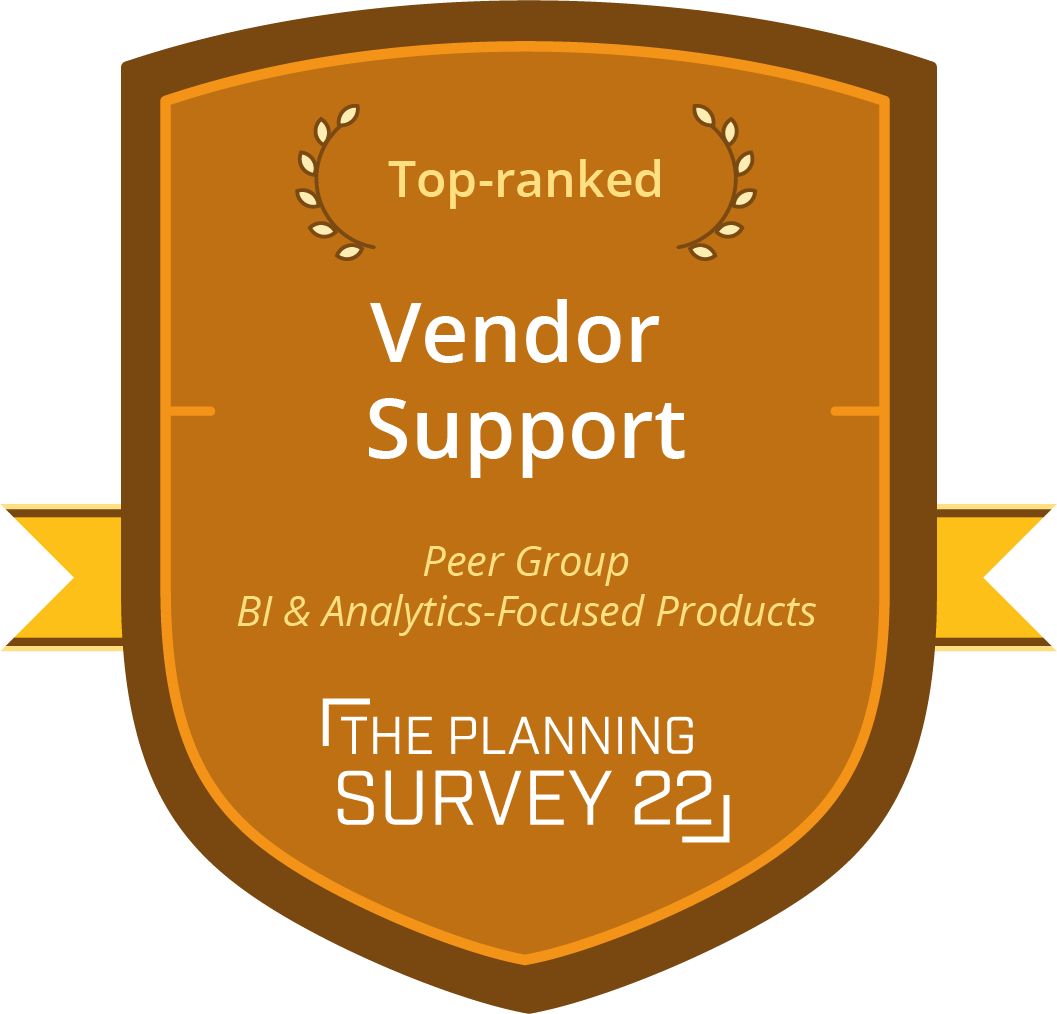This phase encompasses traditional financial planning for companies, encompassing financial management and including contemporary budgeting. It entails outlining plans and objectives for various functional areas and departments within your company for the upcoming period—typically the fiscal year. The plan serves as a guiding framework, against which the company and its distinct divisions are assessed.
Reporting and dashboarding constitute one of the two primary disciplines of business intelligence (BI). This discipline centers on the ongoing monitoring of actual developments in comparison to the targeted plan, the desired state, and historical data.
The second facet of business intelligence involves business analytics. When discrepancies emerge in the target-actual comparison within reporting, it prompts an exploration of the reasons behind such variations.
At the conclusion of the planning cycle, preparations for replanning are initiated. Drawing on available data—examining the planned versus actual developments and market trends—assumptions can be formulated about the future trajectory.
Our Corporate Performance Management tool transforms your raw data into actionable intelligence through a seamless blend of data acquisition, preparation, presentation, and analysis.

Artificial Intelligence (AI) and Machine Learning (ML), when used correctly, have the potential to bridge the gap between greatly increased planning needs and reduced resource availability. In the process, recurring routine tasks are automated with the help of AI and ML, so that the controlling team can focus on more important tasks and analyses.
In pattern recognition and analyzing extensive data sets, algorithms outperform humans, especially in detecting pattern deviations. When assessing individual risk scenarios in uncertain conditions, individuals with expertise and experience achieve superior results.
At this intersection, humans and machines complement each other seamlessly. Our AI-supported software establishes a solid factual basis to reflect reality accurately. Controllers build scenarios on this foundation, offering recommendations to senior management, enabling executives to make optimal decisions.
Effortlessly incorporate our AI module into your application environment
Develop a data model just once and "train" it to suit your specific needs. As the "machine" learns, its predictive capabilities improve with each processed dataset, delivering faster and more accurate results.
Leverage your (historical) data to forecast various scenarios and optimize new planning cycles
Automate repetitive tasks seamlessly by allowing the AI module to handle them
Prior expertise in programming or data science is not required
Yan Qu, Product Owner Serviceware Performance AI, explains why companies should embrace AI-enabled predictive planning and business intelligence today.
Free trial
Try our reporting and analysis tool for a full 30 days. Or book a personalized demo with our expert consultants.



